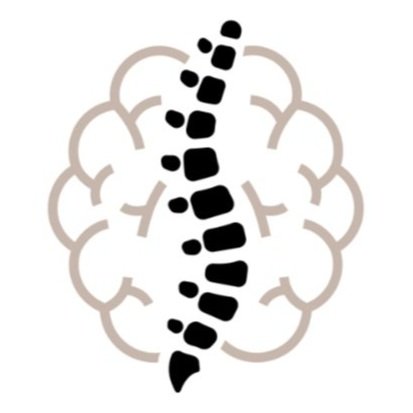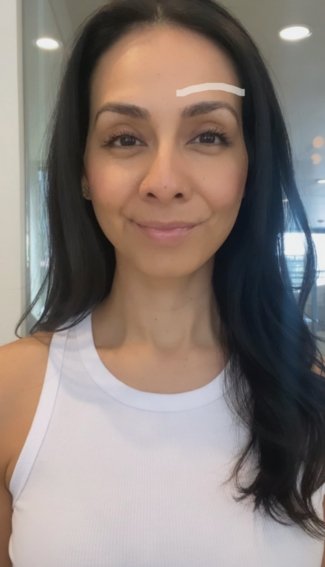Referred Pain - Migraines and Tension Headaches
Physical and emotional trauma can cause our fascia to harden and cause myofascial pain. Physical Therapy can help with myofascial pain by focusing on releasing tone from tight tissues through myofascial release, instrument-assisted soft tissue mobilization (IASTM aka Graston), or functional dry needling. Another thing physical therapy helps with is figuring out why your pain is happening and keeping it from returning.
Some of the factors that can contribute to myofascial pain are:
an inability to regulate muscle firing patterns
muscular strength imbalances
decreased joint mobility
improper joint alignment
Trigger points are hyper-irritable spots in taut muscle bands that can sometimes refer pain to a different area in the body, causing motor dysfunction or even autonomic responses.
There are two different types of trigger points, active and latent. Active trigger points cause pain at rest and are often described as radiating referred pain which is an important indicator of a true trigger point.
Latent trigger points will not cause referred pain but can alter movement or cause weakness, and pain will be felt locally where pressure is applied.
The reason trigger points are developed is not 100% clear. Some things that can contribute are:
Repetitive tissue tension
Lack of exercise
Vitamin deficiency
Sleep disturbances
Joint trauma
Emotional trauma
Myofascial pain syndrome in the neck and shoulders with trigger points could manifest as headaches, tinnitus, TMJD, and eye symptoms. Physical therapists will palpate the muscles to provoke the pain and figure out a muscle or group of muscles that need to be released to help decrease pain.
Here are a few muscles and their referral patterns that can serve as musculoskeletal triggers for migraine and tension headaches.
Upper Trapezius
Pain Pattern:
Back of head and neck, temple, and eyebrow. Ram’s horn distribution.
Sternocleidomastoid
Pain Pattern:
Frontal headache, top and back of the head, earache, temple, and eyebrow pain.
Suboccipital Group
Pain Pattern:
Back of the head pain, temple and eye pain.
Semispinalis capitis/cervicis
Pain Pattern:
Top of the head, neck, behind the eyes.
Masseter
Pain Pattern:
Above the eyebrow, frontal sinus pain.
Temporalis
Pain Pattern:
Temporal headache, eyebrow pain, upper tooth, and molar pain.
Assessment of these muscles by a physical therapist is essential because they can help release tension and teach you how to regulate motor control and movement patterns to help manage your pain.
Alvarez DJ, Rockwell PG. Trigger points: diagnosis and management. Am Fam Physician. 2002 Feb 15;65(4):653-60. PMID: 11871683.













